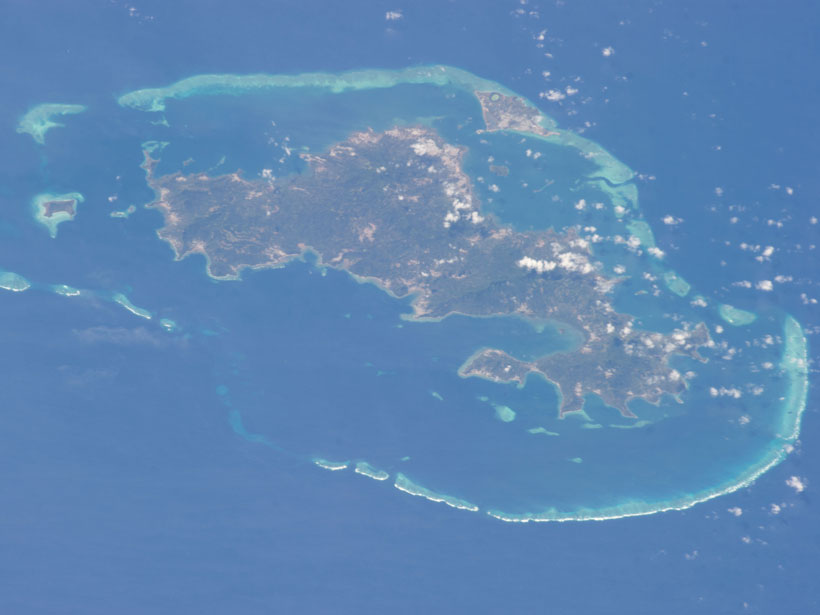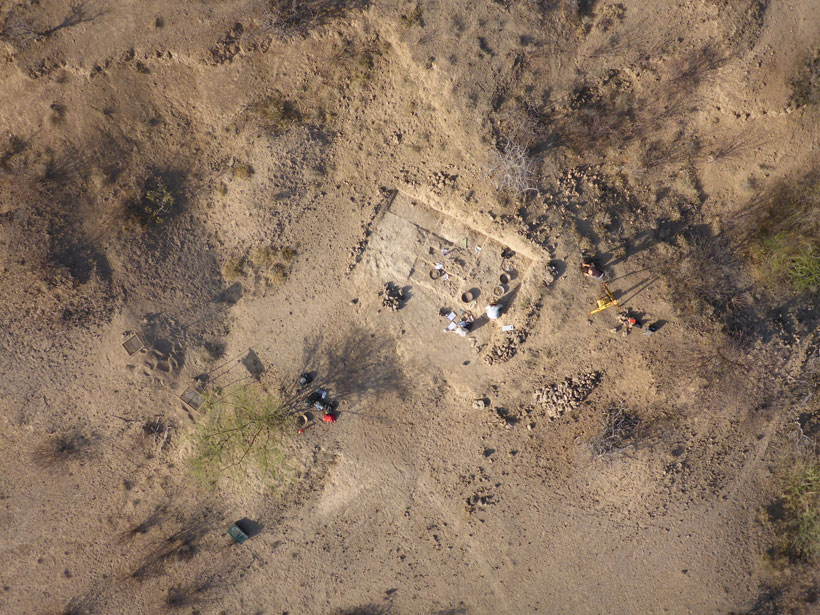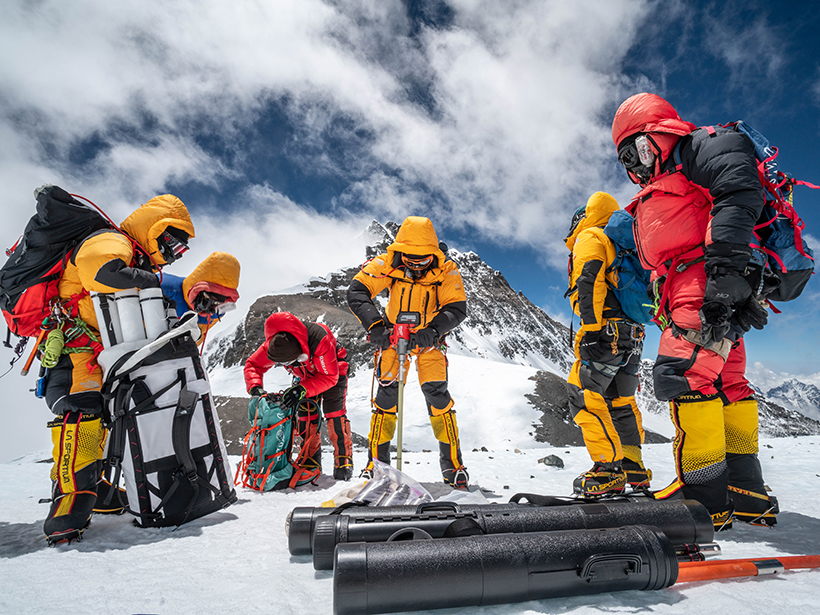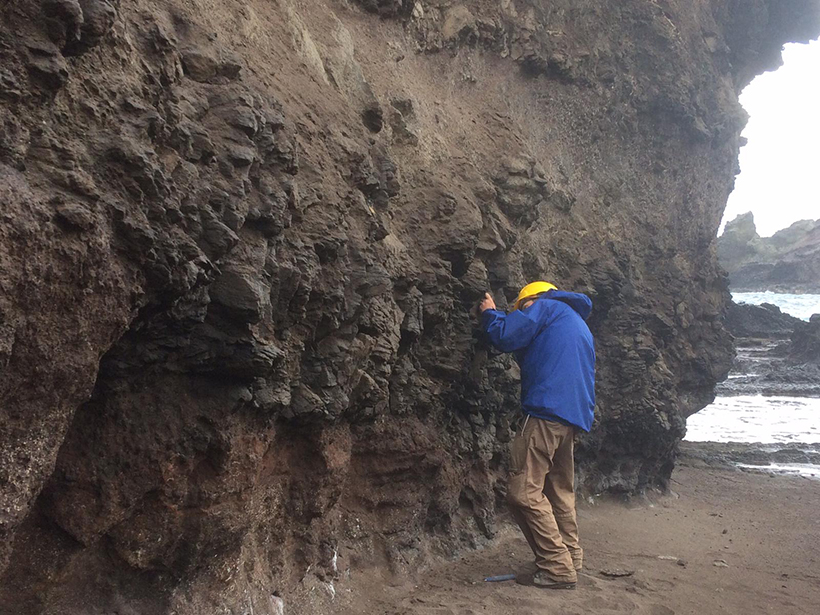Researchers peer into precipitation partitioning—the process by which plants and the organic matter coating them help shape the hydrologic cycle.
CC BY-NC-ND 2020
How is Modern Climate Change Affecting Landscape Processes?
Landscapes will respond to hydroclimatic changes associated with modern global warming, such as increasing extreme storms and wildfire, but to what extent is physical landscape change already evident?
New Volcano, Old Caldera
Researchers suggest a magma chamber sits within an old submarine caldera structure that extends into the mantle. Nearby, a new underwater volcano emerged with a flurry of seismicity.
Hurricane Maria Killed Mangroves Months After Storm
An overgrown channel between a lagoon and the ocean on the Puerto Rican island of Vieques created a backup of freshwater, disrupting the delicate balance of salinity in coastal mangrove forests.
When Did Archaic Humans Control Fire?
A familiar geochemical technique shines a new spotlight on early hominin use of fire.
An Ice Core from the Roof of the World
An innovative National Geographic expedition collected the world’s highest ice core from Mount Everest.
A Robust Proxy for Geomagnetic Reversal Rates in Deep Time
The strength of Earth’s magnetic field in the distant past can tell scientists whether the planet’s magnetic poles were steady or prone to frequent reversals.
Tracing the Moisture That Nourishes the World’s Highest Glacier
Using data from weather stations on and around Mount Everest, scientists find that the Khumbu Glacier receives most of its moisture from the Bay of Bengal.
Saving Lives by Predicting Dust Storms
In the southwestern United States, dust storms form suddenly, quickly reducing visibility to zero. A new warning system may allow motorists to avoid these deadly hazards.
Stratospheric Weather Impacts Light Species at Great Heights
Sudden stratospheric warmings in the high latitude wintertime can drive changes in light species (H, He and O) all the way though the thermosphere, likely influencing ion densities in the exosphere.










![Two plots showing percent changes in TIME-GCM zonally averaged [O+] and [H+] as a function of latitude and altitude in the Northern Hemisphere between the “disturbed” and “pre-disturbance” time periods in 2012–2013](https://eos.org/wp-content/uploads/2020/12/2020JA028331-Figure-12-top-row-with-legend-sized-for-Eos.png)